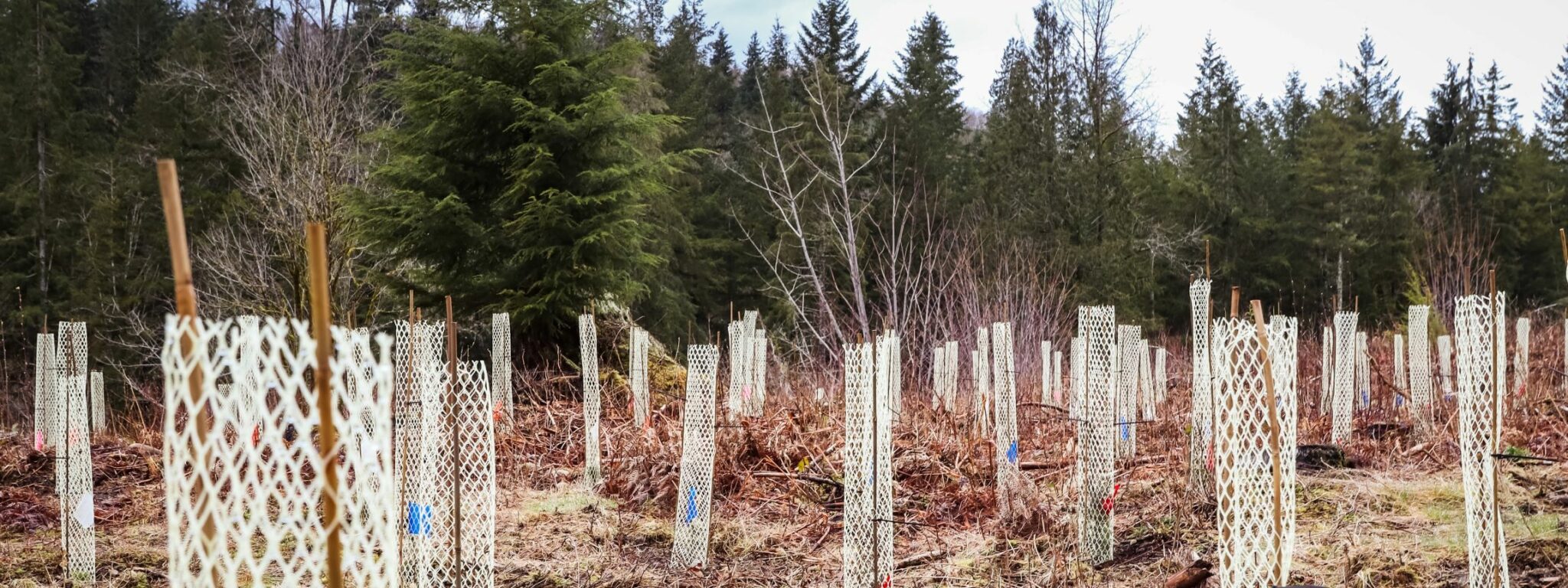Eye to the Future: Adaptation Survey Results

Before the holidays, NNRG and partners in the Forest Adaptation Network (FAN) conducted an initial survey to inform some of the work done by the Network, which is focused around the Puget Sound. While this survey had a small sample size of local restoration professionals, we think the results are of interest to many of our readers and wanted to share them here. Overall the data confirmed many of the anecdotal experiences of the many projects our members are involved in.
Species
Which tree species were respondents most interested in PLANTING?
-
Douglas-fir (10 of 12 respondents), Western redcedar (10); Grand fir (9), Western hemlock (9); Sitka spruce (8)
Which tree species were respondents most concerned about being IMPACTED by climate change?
-
Western redcedar (10); Western hemlock (8); bigleaf maple (write in)
If any, which tree species were respondents most interested in helping to ADAPT to climate change?
-
Western redcedar (10); Douglas-fir (7), Western hemlock (7); bigleaf maple, cottonwood and Ponderosa pine (write in)
Plant Material
73% of respondents said they have challenges in finding the plant material they want.
When asked about the challenges in acquiring plant material, one-third of respondents mentioned missing information on seed sourcing. Other respondents mentioned missing collection from specific seed zones, the amount of genetic diversity, availability of specific species, availability of desired quantities, and issues with the size for immediate outplanting.
One of our nursery partners engaged in the project noted that this is the type of information nurseries need and can work with – so reach out to your nurseries!
60% of respondents are using tree or other plant species in restorations they do not consider native to their area of operation – including Incense cedar (50%), Garry oak (25%), Ponderosa pine (17%), coastal redwood (17%), Western white pine, giant sequoia, and juniper.
Several respondents noted cultural and ecological concerns about sourcing non-native species or species from different seed zones.
Taking Action
Which adaptation actions is your program or organization putting into practice?
Of the 24 options presented, at least half the participants said they were taking the following steps:
-
Remove invasive species to protect natural areas
-
Use resilient local species that will continue to provide key structure/function
-
Where possible, supplement irrigation to enhance water availability
-
Shift tree composition towards long-lived, climate-resilient species
-
Create habitat with large woody debris
-
Use, introduce and install genetically-diverse plant material & diversity of local species
-
Restore and manage multiple sites to provide redundancy across an urban ecosystem
-
Selective tree removal & gap creation to favor certain species
-
Adjust planting season according to changing weather patterns (i.e. end in February)
-
Monitor the increasing risk of pests and diseases
By contrast, less than a quarter of respondents were taking the following actions:
- Form relationships with seed co-ops and nurseries to provide high-quality, diverse or adapted plant material
- Conserve leading-edge or sensitive populations
- Actively facilitate gene flow – climate-adjusted seed provenancing
- Lengthen watering season and plant establishment period
- Enhance and widen riparian zones in refugia and shoreline protection
- Pre-condition seedlings to improve drought tolerance with inoculation of mychorrizas
- Plant in high precipitation years or over multiple years
While interesting, these results came from a small sample size. NNRG and partners are currently working with the Bonneville Environmental Foundation to conduct an expanded regional version of this survey, which will likely be of interest to our southern Washington and Oregon members. We’ll be sharing links to and results from this larger survey when it comes out, so stay tuned!

Leave a Reply